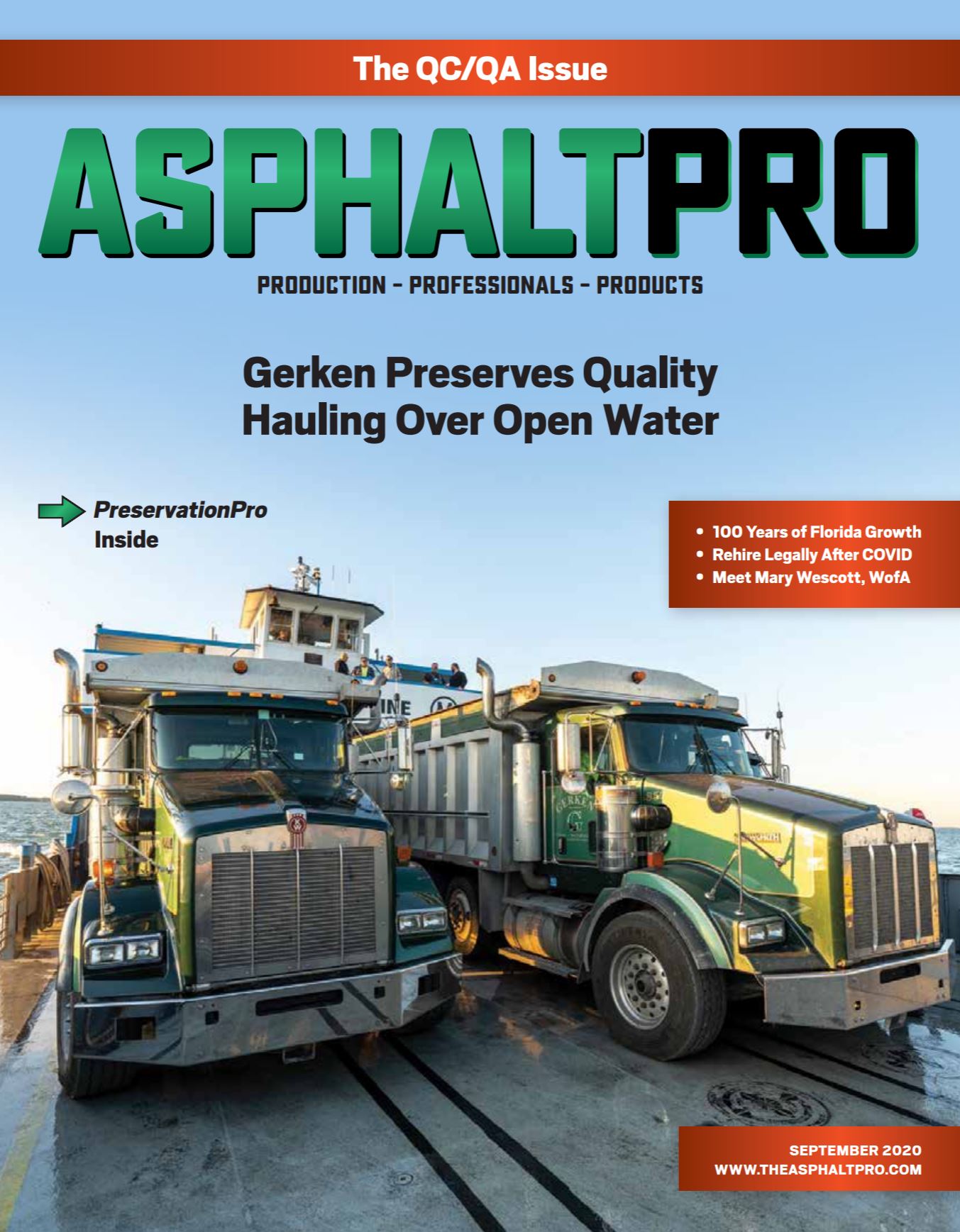
As of April 2020, the Consortium for Asphalt Pavement Research and Implementation (CAPRI), a pooled fund to be hosted by Auburn University, is soliciting both agency and individual members. In a nutshell, this is a new, United States forum to engage all stakeholders—such as academia, agencies, consultants, industry and suppliers—to advance asphalt pavement technologies through the development of national research needs and implementation strategies for asphalt pavements.
Consortium members will meet twice a year at different member locations and will vote on which technologies or research to pursue and will also vote on what laboratory or agency resources to assign to execute the work.
A webinar presented July 16 expressed that some of the models used to put CAPRI into development were based on the National Concrete Consortium (NC2), hosted by Iowa State.
In other words, the competition already pools funds from within its industry to facilitate research and development of its technologies; we can follow suit and advance asphalt technologies with CAPRI. During the months of June and July, organizers introduced the concept to potential stakeholders with the goals of funding the consortium (Solicitation Number 1533 at TPF) and of assembling its executive committee in September.
The mission of CAPRI appears to be two-fold at this time. Organizers wish to
- Identify research & implementation needs & priorities; and
- Work with the AASHTO Committee on Materials and Pavements (COMP) to facilitate changes in specifications and procedures coming up.
This consortium wishes to assist AASHTO in altering specs and procedures. That’s a heady goal. Even with research and technology driving the changes suggested to a governing entity, that’s a lot of power for one body to have. Luckily, the organizers are soliciting membership from all stakeholders, not just the rich and powerful ExxonMobils of the world.
Public sector (agency) participation is $10,000 per year base funding. Private sector participation is $6,000 annual dues per individual participant. This brings participation down to a level that smaller entities and DOTs with smaller budgets can afford, but it still gave me pause.
NCAT’s Randy West—who presented the webinar succinctly and without pressuring any of the attendees—suggested that the consortium would allow “smaller” entities to participate in research and proposals that the larger TRB- and NCHRP-funded studies were leaving behind.
He explained that NCHRP field performance inspections for previous research often study pavements or technologies for two years. “We’re missing out by not going back in 10 years,” he said. By monitoring early life, NCHRP offers early results, and that has merit; by monitoring later life, CAPRI can offer additional results. “We can learn so much more by going back,” West said.
CAPRI will look into “small” studies and investigate gaps in research; pick up the ball where NCHRP and TRB have passed over something that could or should have been explored further. They wish to foster implementation of practical research findings from any source.
Overall, I’m intrigued with the concept of CAPRI. I think we’re on the right track to get smaller, quick-and-easy research items out in the open, completed and ready for mass representation when they would have otherwise fallen through the cracks. This is a good goal. The price tag to vote on a project for development did catch me off guard at first.
In any industry, it makes sense that stakeholders should put their money where their mouth is. Maybe entrepreneurs who engineer solutions to solve specific problems in specific climates of the nation can lobby CAPRI members to take up their banner and press to test good ideas that would otherwise fall through the cracks. Or maybe $6,000 per year is not a difficult sum for an entrepreneur to come up with to participate. I’d like to hear your thoughts on the matter, and I’d like to see our industry rally behind CAPRI for advancing asphalt technologies.
Stay Safe,
Sandy Lender